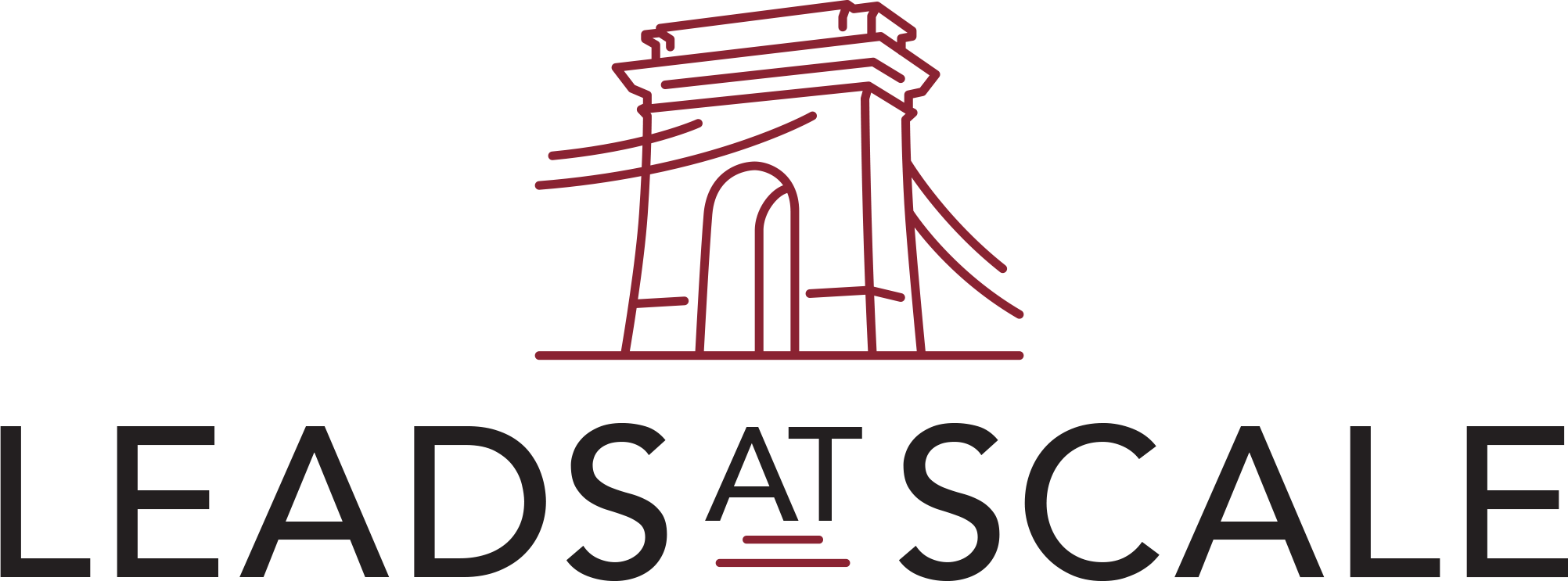Leads are the lifeblood of any business and without them, many will fail. The metric you should be looking at, though, is your b2b conversion rate. If it’s not optimized, all your effort in getting leads won’t mean much.
What is a B2B Conversion Rate?
Before we dive into B2B conversion rate optimization, let’s first understand what it is. Conversion rate refers to the percentage of leads that became your clients. A higher conversion rate indicates that your sales strategy is effective and has a positive outcome. For example, if you generate 100 leads a month and you only have a 2% conversion rate, that’s two possible sales. Compare that to where you only get 30 leads, but you have a 15% conversion rate. This means almost 5 sales a month. You see where this is going.
Because of this, your B2B lead conversion rate is vital and if it’s low, you need to take steps to improve. Luckily, we’re here to help. So, with this short guide, we’ll give you some ways in which you can improve your B2B conversion rate.
Improve Your Lead Response Times
Because you’re in sales, you’ve most likely heard that you should contact a lead within five minutes. And this is not a sales talk, it’s proven by research.
For example, you up to your odds of making contact by 100 times if you call the lead within five minutes, compared to 30. Also, the chances of qualifying a lead are 21 times better if you call the lead within five minutes.
Unfortunately, long lead response times are all too common in the industry. If you think about the sheer number of sales leads lost, it’s worrying.
If you’re not convinced, let’s look at some of the B2B statistics:
- 78% of customers buy from the company that responds to the inquiry first.
- Sales conversions are 391% higher if you call within the first minute.
- If you take over five minutes, your lead qualification will decrease by 80%.
- 55% of companies take more than five days to respond to an inquiry.
These statistics show two things. The first is that, if you up your lead response times, it can have a drastic effect on your conversion rate. The second is that, if you do, you’ll be able to stand out from your competitors.
To lower your lead response times, you can consider:
- Aligning your sales and marketing teams. So, establish processes for how and when your marketing team transfers leads to the sales team. In this way, each team can focus on what they do best.
- Figure out what makes up a qualified lead so that your marketing team only sends the best leads to your sales team.
- Commit to shortening your response times. The closer you get to five minutes, the more likely you are to qualify a lead and make the sale.

Get Control Of Your Leads
One of the most common reasons for not responding to incoming leads or taking too long is that companies forget about the leads.
And it’s easy to see why. These days, if you use an effective digital marketing strategy, you’ll get leads from many different places. So, the days when you only get leads from your website contact form or email are long gone.
Nowadays, you’ll get leads from:
- Your business’ Facebook profile,
- phone number,
- email,
- phone numbers or emails of specific employees,
- chat on your website,
- callback tools,
- inquiries on social media comments,
- contact forms on your website,
- phone numbers or email addresses of former employees,
- inquiries after you send out a newsletter,
- cold calling.
Keep in mind, though, that these are only some of the sources, and that there are many more. The key is that you get all these leads under control and that you know what leads are coming in and when. In this way, you’ll make sure that your lead response times are fast, no matter what the source.
Use The Right Tools
As with many jobs, you want to use the right tools. You wouldn’t expect a carpenter to build a cupboard with a butter knife and spatula, would you? Likewise, when you use the right tools, you’ll respond faster and improve your sales efficiency.
Some of the tools you can use are:
- Messenger monitoring. The beauty of this is that it doesn’t cost you anything. Here, you check your Facebook and Instagram direct messaging accounts. If you do, you’ll be able to interact with your customers and answer their questions. This, in turn, builds trust and relationships on a more personal level. Facebook Messenger also lets you set up automated responses to frequently asked questions. In this way, you stay on top of your leads without having to use new tools.
- Live chat tools. Often, the best time to have that first conversation is when the lead submits the form on your website. This is simply because they’re still interested then. When you use live chat, you can also begin the lead qualification process right away. This makes it one of the best ways to reduce the risk of losing a lead because of a slow response time.
- Instant contact software. With these tools, you’ll never break the five minutes rule. They work by connecting leads with a sales rep on your website in an instant. In this way, you don’t give your leads anytime to explore other options. You’ll also show them that you already have everything they need.
- Email automation. It’s simple, you need email automation. With it, you can trigger a response after you’ve made the initial contact with the lead. Here, you buy a few minutes of loyalty before a sales rep contacts the lead.

Qualify Leads Properly
Businesses lose 80% of marketing leads because they are not ready to talk to a salesperson. Sure, they may have responded to a marketing campaign, but that doesn’t mean they are ready to buy.
Think about it, what information does a sales rep need? Now, this can include a lot of things, but the key is that they need a valid business reason to talk to the lead. And this is what they won’t get through a website contact form.
So, when your sales reps contact these leads, it’ll lead to a lower B2B conversion rate because they won’t buy. Not only that, but it wastes your sales reps’ time which they would rather focus on better leads.
In simple terms, it’s vital that you properly qualify your leads before passing them on to your sales team. This will up your conversion rate significantly.
Target Your Customer’s Pain Points
Have you ever thought of why a business buys your product? Yes, it’s because it solves a problem they have.
With this in mind, you must figure out what your customer’s pain points are. You’ll then be able to develop sales strategies that align with these pain points.
To develop these strategies, you could drill down into these pain points. This will allow you to focus on a few strategies that you can use depending on the customer.
So, for instance, a customer’s pain point may be that they want to increase their sales. Now, you can drill down on the reasons why. For one customer, this may mean that their marketing is not effective enough. For another, it may be a totally different reason.
The key is, by knowing these pain points, you’ll be able to focus on what matters to the customer. This will enhance your b2b conversion rate optimization process and you’ll make more sales.
Focus on Personalizing Content
Personalization has become somewhat of a buzzword in recent years, and it isn’t hard to see why. People are inundated with content, and they want something that speaks directly to them. We’re not talking about something superficial, like adding a name to an email. Instead, we mean content and messaging that specifically targets your prospects.’
- Needs
- Interests
- Industry
- Company size
- Job role
- And more
Mind you, there’s data to support this. According to Accenture, 91% of consumers affirm that personalized recommendations make them more inclined toward a specific brand. So, make your communication personal and align it specifically with your leads’ needs and pain points. It’s a step away from mass communication but a significant stride toward better conversions.
Personalized content can range from emails to web landing pages – any point of interaction that aligns with where the lead is within their buying journey. If you ensure tailored customer experiences throughout all touchpoints, you’ll see an impressive uplift in conversions.
Improve User Experience
The user’s experience on your website or platform plays an immense role in improving your conversion rate. With an increasing focus on digital interaction, providing a smooth, streamlined journey for users can significantly boost conversions. Not only that, but search engines now take UX into account when ranking websites.
Potential leads should be able to easily navigate the content, access information quickly, and connect with your team effortlessly. If they encounter any barriers or challenges along the way, such as slow loading times, confusing navigation, or unresponsive web design, they’re likely to abandon their exploration and possibly turn to one of your competitors.
Consider adding live chat support or chatbots to guide leads and answer questions immediately. This immediate interaction can make them feel valued and attended to — a highly critical element in decision-making.
Remember, visitors who have an excellent user experience on your site are more likely to become prospects than convert into customers. Thus, intentionally investing efforts toward enhancing user experience can undoubtedly drive up your conversion rates significantly.
Make Your CTA Clear
Your call to action (CTA) is perhaps one of the most crucial elements of your website or marketing campaigns. These few words should be effective enough to inspire visitors to perform a desired action, such as signing up for a newsletter, calling for more information, or purchasing.
Firstly, make sure your CTAs are easy to find and understand. Keep them concise, employing active verbs that directly tell visitors what you want them to do. ”Download Your Free Guide,” ”Arrange Your Consultation,” or ”Start Your Free Trial Now” are great examples.
Your CTA should also communicate the value proposition effectively. Inform visitors of the benefits they will receive if they take the requested action. Make it persuasive enough that it’s hard for them to pass on the opportunity.
Finally, consider A/B testing different CTA versions to determine which ones engage your audience best. The clearer and more enticing your CTAs are, the higher your chances of improving your conversion rate.
Test, Test, Test
One of the best ways in which you can improve your conversion rate is to test constantly. And by testing, we mean testing everything. This includes everything from your tools to the content you use in your messaging.
So, for example, if you use tools like the ones we mentioned above, test different strategies on them. Likewise, if you use automated emails, test different versions of an email. You’ll then be able to see which strategy gives you the best results.
Also, when you develop strategies to target a customer’s pain points, test these different strategies to see which works best.
The importance of testing lies, in part, in seeing what works and what doesn’t. But it also allows you to use the data you generate through testing to make improvements to your strategy.
In this way, you’ll optimize your strategies, which then leads to an improvement in your conversion rate. And it’s simple when your conversion rate goes up, you make more sales.
The Bottom Line
Although leads are important to your business, your conversion rate may be even more vital.
If you do the math, you can have as many leads as you want, but if they don’t convert, they’ll equal zero. Because of this, you must improve your conversion rate to increase your revenue.
We hope that this short guide was helpful in outlining some strategies you can use right away to improve your conversion rate and up your sales. This is especially important for the effective work of those who are just starting their own business with a small budget.
If you want to know more about generating qualified leads and improving your conversion rate, visit our website for more information. We are one of the leading B2B lead generation companies, and we help businesses generate well-qualified leads and sales appointments at scale.



